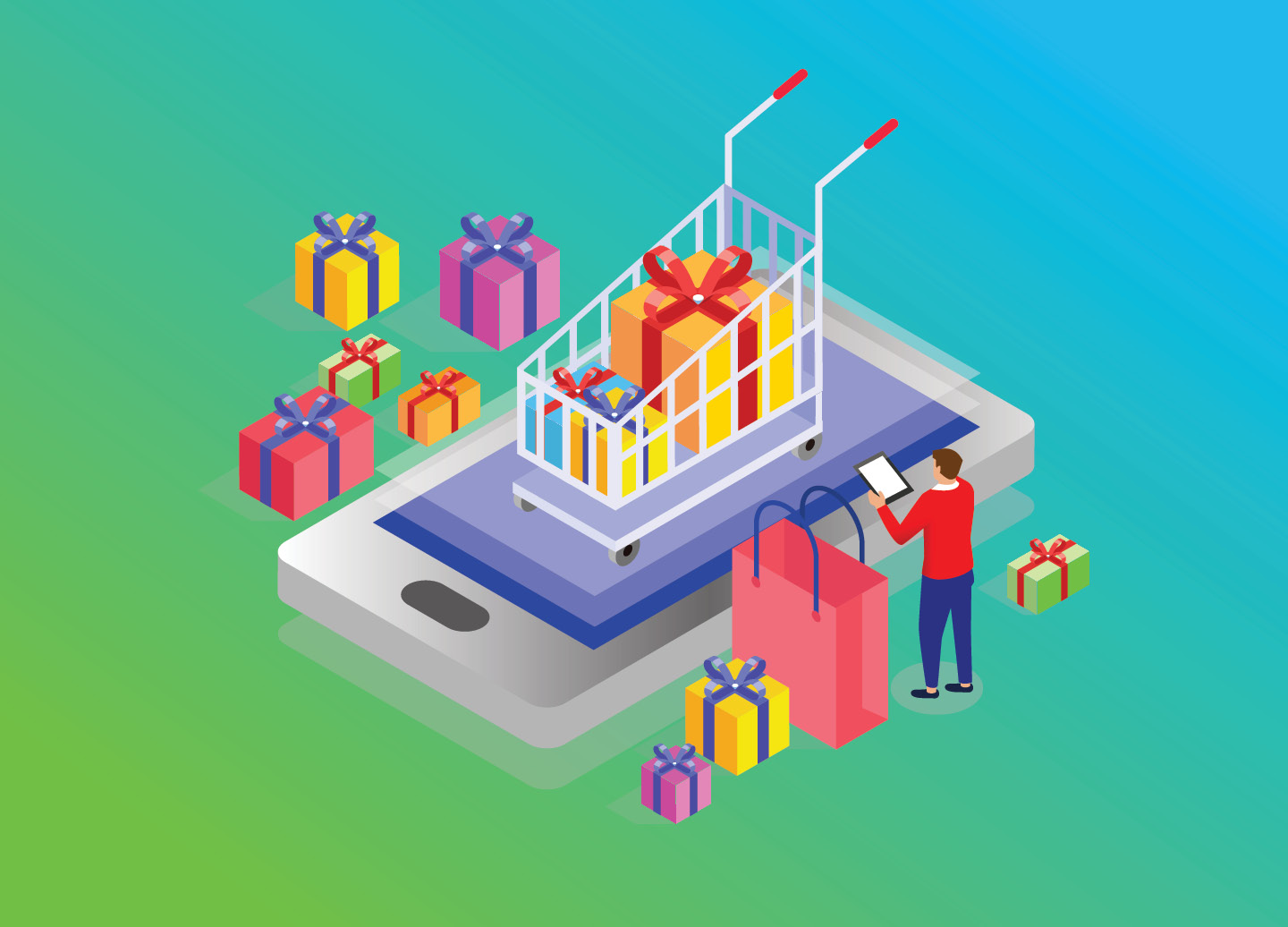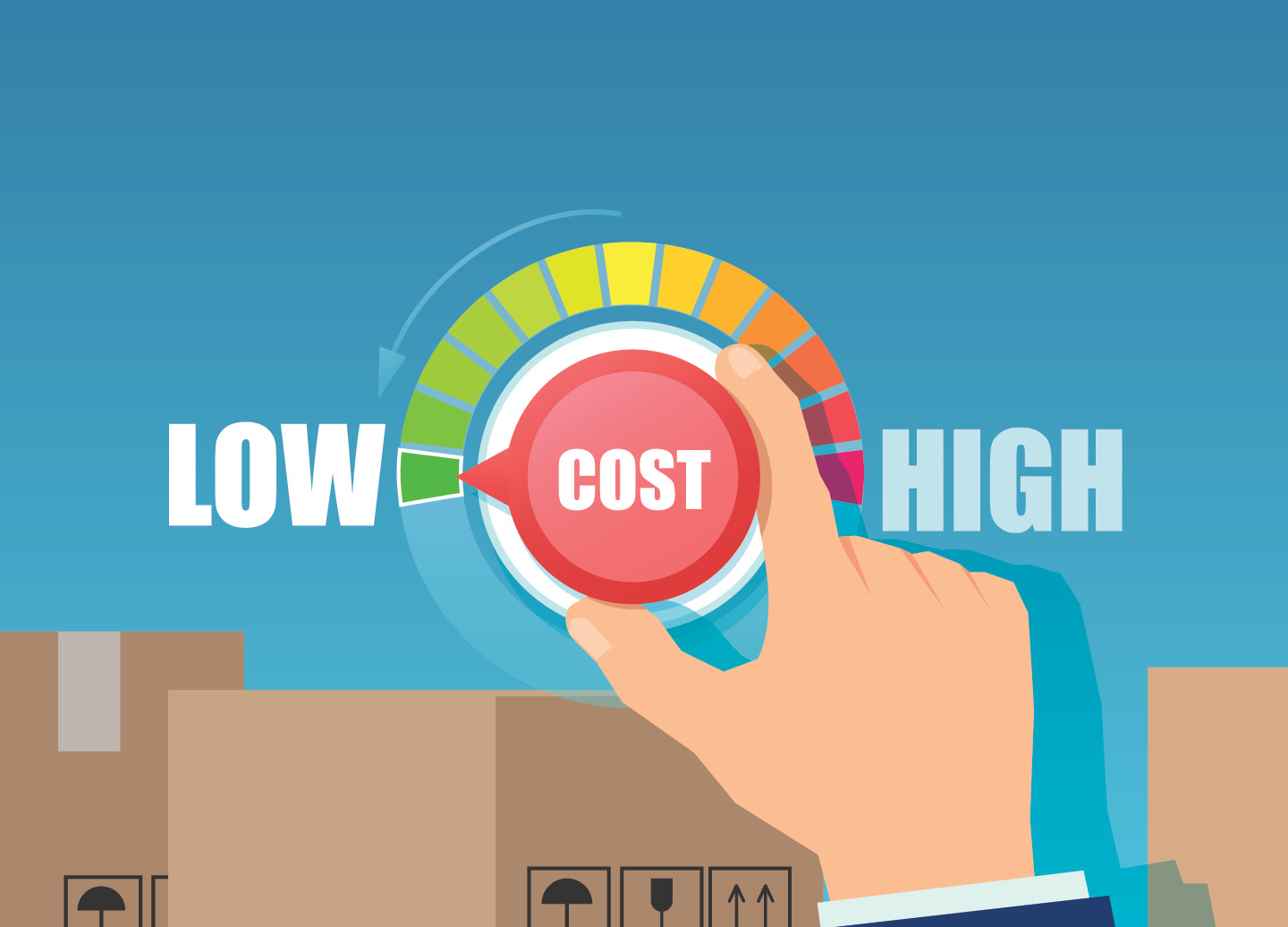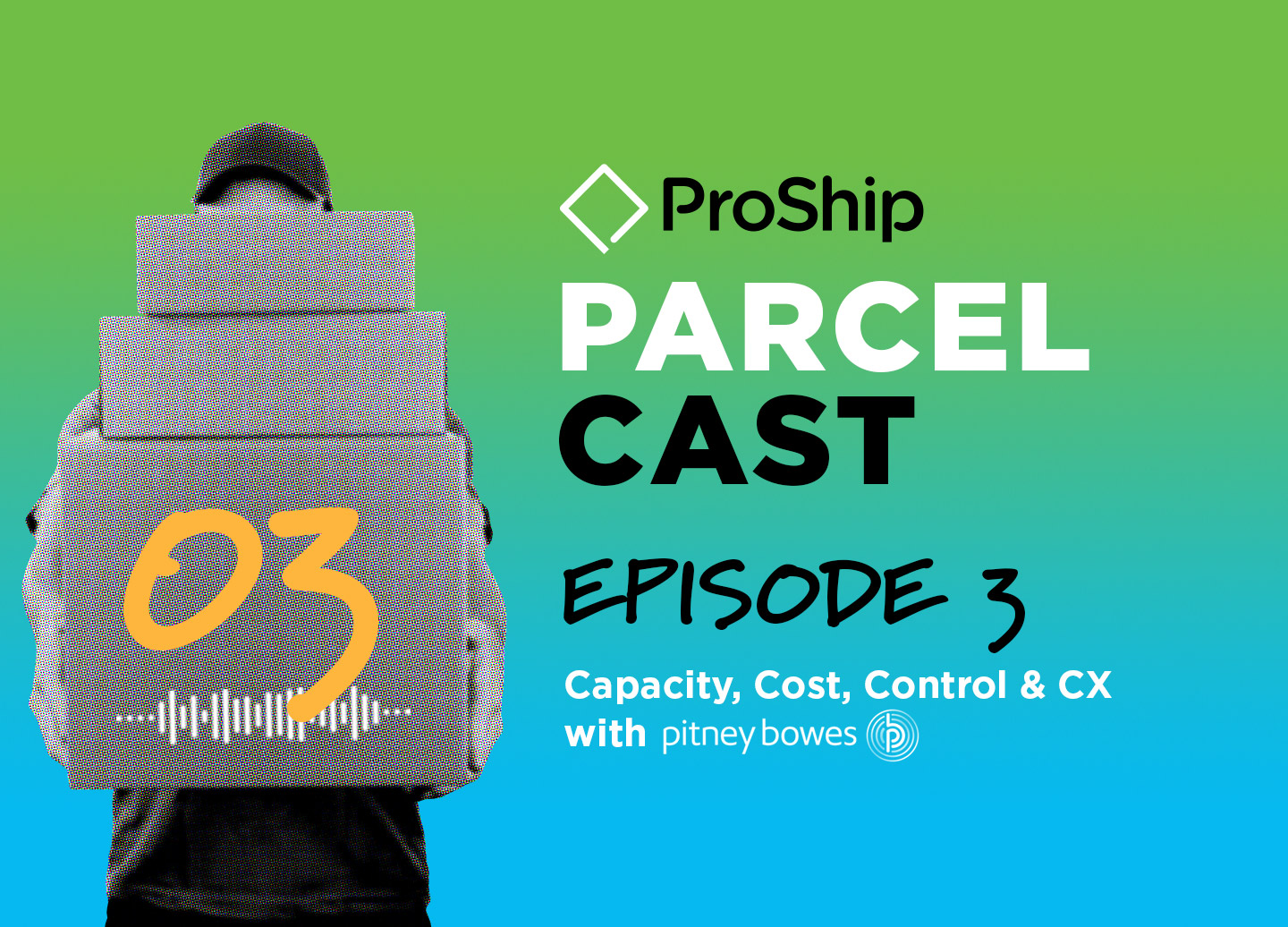Logistics managers everywhere are saying, “Never again! I won’t go through this next year.”
Peak 2020 is almost over! It’s been a year of major challenges and lightning-fast changes. When it comes to responding or adapting to them all, you might feel like you’re building your airplane as you’re flying it. And you’re not alone.
Logistics managers everywhere are saying, “Never again! I won’t go through this next year.”
Fortunately, you won’t have to. Let’s look at the top takeaways of the season as well as your options for dealing with them.
What 2020 Black Friday/Cyber Monday means for shippers
As expected, many of the trends we’ve observed throughout 2020 have continued to influence buyers’ behavior as well as shippers’ abilities to fulfill them.
1. The shopping season is starting earlier
Black Friday online sales would have been higher without retailers’ aggressive efforts to flatten demand with sales starting in October. According to a survey by The National Retail Federation, e-commerce purchases were up 10.6% in October, and 42% of consumers say they started shopping earlier for the holidays this year.
52% of respondents said they took advantage of early holiday sales and promotions this year. 38% of those completed at least some of their holiday shopping during the week prior to Thanksgiving. Not much was new, though, as more than half (53%) felt the extended weekend’s promotions were similar to those made in October. But there was a method to the madness. Retailers promoted early to spread the holiday shipping volume across three months rather than condense to 1.5 months to ease capacity constraints due to an expectation of increased overall shipped volume.
2. Carriers are enforcing capacity limits and penalties
But still, delivery networks are overwhelmed. The National Retail Federation estimated that online shopping increased 44% during this year’s Black Friday-Cyber Monday period.
To underscore the seriousness of the situation, UPS restricted shipping for several big retailers including Nike, Gap, L.L. Bean, Hot Topic, New Egg, and Macy’s, starting on Cyber Monday — no exceptions. According to UPS, packages will be picked up as soon as more capacity becomes available (likely this week, as holiday volume typically drops off slightly in mid-December.)
None of this is unexpected. The major carriers, already dealing with peak season levels of demand throughout 2020 because of the pandemic, have been hiring tens of thousands of workers and renting equipment in preparation for peak season. Still for carriers, capacity restrictions are necessary and are an effective way to prevent delivery problems later during peak season.
On the other hand, for retailers the fastest way to avoid constraints, increase capacity and be best prepared for network overload is to diversify your carrier mix using as many nationals, regionals and local carriers as needed. Often times, regional carriers are perfect for omnichannel fulfillment and don’t put peak season surcharges into place. [ProShip ParceCast] Episode 2: The Inside Scoop on Regional Carriers
3. Online shopping is quickly taking over retail
According to Adobe Analytics, Black Friday e-commerce sales hit a new high of $9 billion, up 21.6% from 2019. It was the second-highest e-commerce day ever, after the then record-breaking $9.4 billion Cyber Monday 2019. Cyber Monday 2020 shoppers spent $10.8 billion, up 15.1% from a year ago, setting a record for the largest U.S. online shopping day ever, according to Adobe.
Consumers favored big box retailers like Walmart, Target and Best Buy over department stores, as shoppers consolidated trips due to safety concerns.
As a result, in-store traffic was down approximately 50% based on data from Sensormatic Solutions and RetailNext. Apparel, footwear and jewelry sales all dropped more than 50% according to RetailNext. CNBC said that “malls looked bleak and empty on Friday morning.”
However, mobile sales dominated again, according to Adobe. Shoppers spent $3.6 billion from their smartphones, up 25.3% from 2019, to make up 40% of total online spend.
In addition, Shopify reported $2.4B in online Black Friday sales for their 1 million-plus SMB and DTC merchants, up 75% over 2019. 67% of these sales were completed via mobile devices. Average cart value was $90.70, an increase of 11% year over year.
Thanksgiving Day, when most retail locations opted to close, also set a record for online sales of $5.1 billion, up 21.5% from 2019. Almost half of that, or 46.5%, was mobile, another record.
4. Customer demand is shifting fulfillment
As expected, in-store traffic was down due to pandemic concerns and the number of retailers who remained closed on Thanksgiving Day. As customers flocked to their smartphones, Thanksgiving Day in-store shopping dropped by 55% and Black Friday dropped by 37% as compared to last year.
But brick-and-mortar stores were busy on Friday with order pickups. BOPIS and curbside pickup increased by a whopping 52% on Black Friday, according to Adobe. Their estimates are based on an analysis of one trillion U.S. retail visits, including 100 million SKUs and 80 of the 100 largest U.S. retailers.
Curbside pickup is “now officially table stakes,” and no longer optional. Retailers who offered this checkout choice saw a 31% higher conversion rate from traffic to their sites. But curbside isn’t the only way to utilize stores that have lost foot traffic. Many retailers, like Finish Line and Ulta, are implementing omnichannel fulfillment tactics like ship-from-store capabilities in order to shorten shipping distances to customers, decreasing shipping time and costs.
5. Economic pressures are favoring the major players
Consumers are consolidating their physical shopping trips for convenience and safety during the pandemic as well as to save money. Online, they’re sticking with retailers they already know and trust.
But that doesn’t mean that you can’t compete. Offering the delivery or pickup options customers want the most has been proven to be a powerful way to attract new business.
And it doesn’t have to cost a lot to offer these options. As matter of fact, making them available could actually help you to save on shipping costs.
Why fulfillment challenges aren’t going away
High shipping volume will be continuing into 2021, and not only because of the pandemic. Consumer preferences are changing permanently and are not expected to return to their pre-pandemic “normal.”
Consumers of all ages are likely to continue to shop online, even once they’re no longer forced to. They will continue to expect more delivery options and higher levels of order transparency and service into the future.
Also, buyers’ patience won’t last forever. Although consumers understand the current delivery challenges brought on by COVID-19, they are already hesitant to purchase a second time from a seller who has not set proper expectations on delivery and has delivery problems, and their patience will end completely once the effects of the pandemic start to wind down.
So don’t take your customers’ goodwill for granted.
Make “never again” a reality
Now more than ever, retailers, e-commerce sellers, manufacturers, 3PLs, and healthcare companies must be ready to respond to new, higher levels of demand with delivery options that customers want and need.
And yes, that means that shippers will have to put new plans into action and integrate new systems while still operating at full volume.
It’s a challenge for sure, but ProShip’s multi-carrier parcel shipping software can help. Reach out to our team to learn more, and make sure that 2021 is a year you won’t mind repeating.

 Back to Blog
Back to Blog






